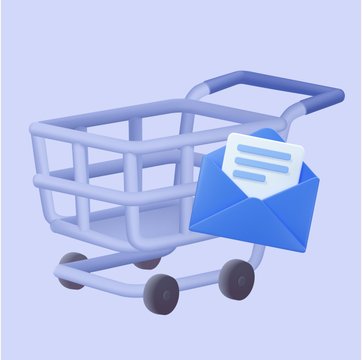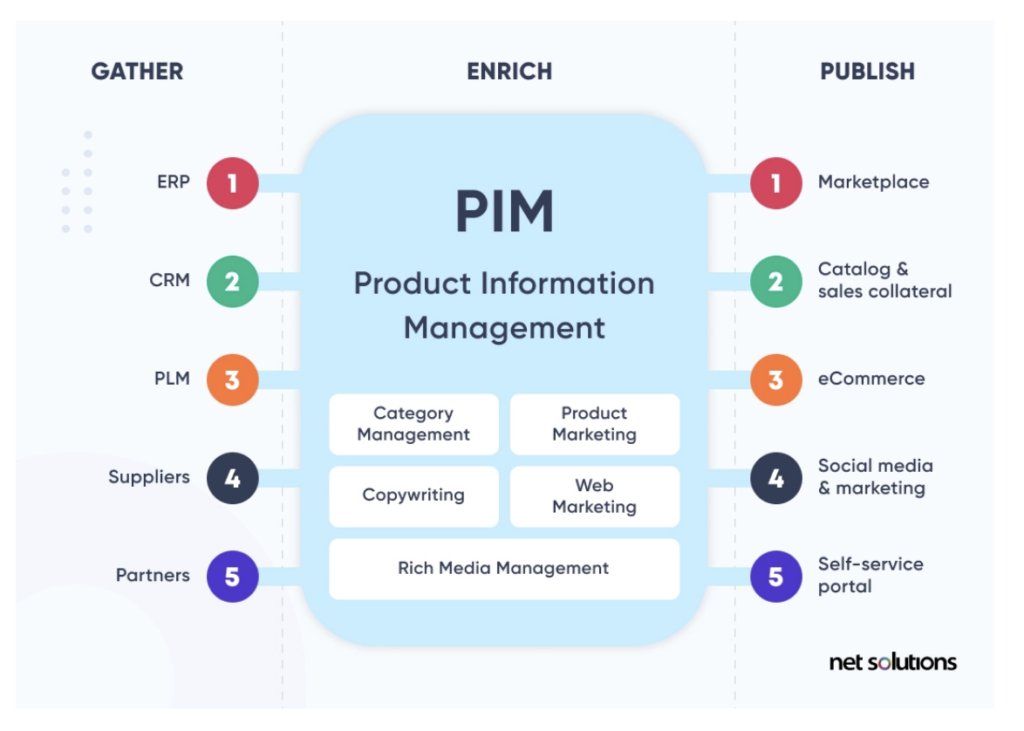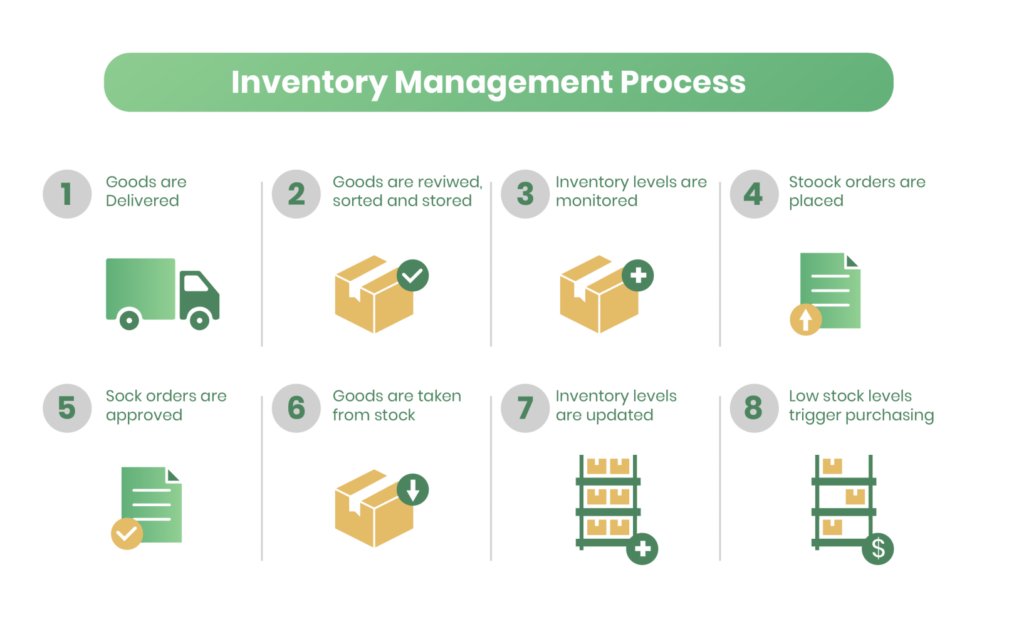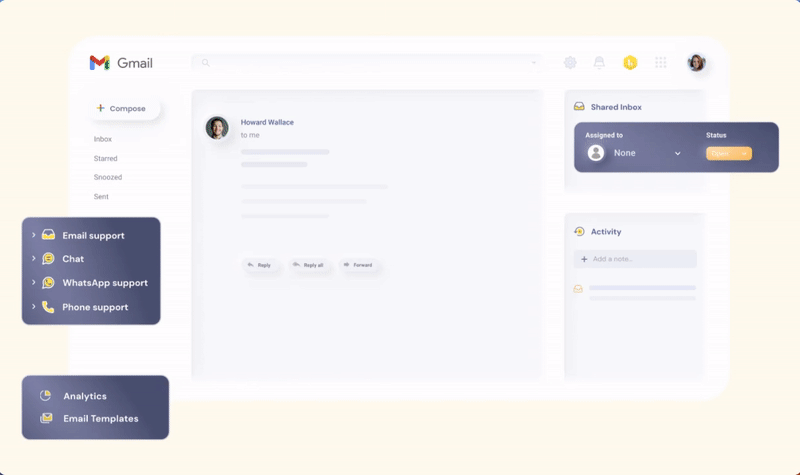Complete Guide to Ecommerce Automation I Use Cases and Tools

Table of contents
Over the last decade, ecommerce has evolved by leaps and bounds.
From simple digital catalogs to highly personalized shopping experiences, ecommerce has transformed to meet the constantly changing consumer needs.
However, with the growth of e-commerce, online retailers have had to deal with multiple challenges.
Some of them include managing huge volumes of transactions, setting up product catalogs, defining and tracking the customer journey, and analyzing data at an unprecedented scale.
Handling all of these tasks manually can be time consuming and lead to many inefficiencies.
But, what if you could smartly leverage technology to handle these operational tasks in ecommerce at scale.
This is where ecommerce automation comes in.
You Might Also Like: How to Provide Great Ecommerce Customer Service
Table of Contents
- What is Ecommerce Automation?
- Benefits of Ecommerce Automation for Online Retailers
- 10 Examples of Ecommerce Automation
- 5 Ecommerce Automation Tools for Your Business
- The Role of AI in Ecommerce Automation
- Wrapping Up
What is Ecommerce Automation?
Managing an online retail store involves multiple activities such as inventory management, order processing, and customer communication, amongst others.
Ecommerce automation refers to the use of technology to automate and streamline these functions. Automating these activities enables online retailers to efficiently manage their stores by reducing manual work and minimizing errors.
This leads to a smoother experience for the end customer. Considering that the volume of shoppers is expected to reach around 2.77 billion online shoppers by 2025, improving efficiency is crucial for scaling operations.
Benefits of Ecommerce Automation for Online Retailers
Ecommerce automation is essential for online retailers due to a multitude of reasons:
- Enhancing Customer Experience: Tasks like order confirmations, shipping notifications, and personalized marketing messages can be automated. This enables online retailers to provide a seamless customer experience.. It ensures consistency and reliability in customer interactions.
- Scalability: As an online store grows, manually managing certain tasks can become difficult. Ecommerce automation software automates several routine tasks so that businesses can handle increased order volumes without a lot of manual effort.
- Time and Cost Efficiency: Automation of repetitive and time-consuming tasks allows businesses to allocate resources and staff more effectively. This improves the focus on strategic and revenue-generating activities.
- Data Utilization: Ecommerce automation tools can collect and analyze customer data to derive insights about purchasing behavior, preferences, and trends. This is helpful in creating targeted marketing campaigns and personalized messaging.
- Inventory Management: Automated inventory management ensures that the stock levels are updated in real-time, reducing the chances of items going out of stock or being overstocked.
You Might Also Like: Automating Customer Service Without Losing the Human Touch
10 Examples of Ecommerce Automation
Ecommerce automation can streamline various aspects of an online business, providing a more cohesive and efficient operational structure. Here are key areas where ecommerce automation plays a pivotal role:
1. Order Management
Ecommerce automation for order management can be used to automate order processing and to update inventory levels as orders are processed.
Example: Imagine a customer has ordered a book from your online store. Once they click ‘Purchase’, the automation kicks in. Here’s what happens next:

- An order confirmation email is generated and sent to the customer
- The customer’s order details, packing slips, and shipping labels are automatically generated and sent to the warehouse
- The fulfillment team gets notified to pick your book from the shelves, pack, and label it.
- The inventory is updated, reducing the stock count by one.
- An email with the tracking information is automatically sent to the customer
- A reorder request is sent to suppliers if the stock levels for the particular book has fallen below the specified threshold.
You Might Also Like: Escalation Management: The Key to Handling Customer Service Requests More Efficiently
2. Customer Feedback Collection
You can automate customer feedback collection and analysis to help you improve your service.
Example: A customer, Alex, purchases a new backpack from an online store.
- Once the purchase is completed, the ecommerce automation system sends a confirmation email to Alex.
- Few days later, an automated email is sent once more, this time with a request for feedback with a link to a survey.
- Alex leaves a review but mentions a minor issue. The feedback is captured and stored in a CRM system.
- Automated tools are used to analyze the feedback and categorize it by sentiment.
- The system identifies a negative sentiment and triggers an automated workflow where the support team is immediately notified.
- This ensures the timely management of customer feedback and issues without manual monitoring.
3. Payment and Invoicing
Ecommerce automation can help you with automated invoicing by generating and sending invoices for every order placement. Plus, your small eCommerce company can integrate proposal software to generate and send automated payments, boosting efficiency.
Example: A customer, Maria, purchases a pair of shoes from an online store.
- Once the order is placed, the payment information is submitted to a payment gateway that integrates with the ecommerce platform.
- The payment gateway automatically authorizes and processes the payment.
- A payment confirmation email is sent to the customer.
- As soon as the ecommerce system receives the payment confirmation, it triggers a workflow in which an invoice is generated and emailed to the customer.
- In case the invoice remains unpaid, a reminder email is sent to the customer after a specified period (e.g. 7 days). This enables a smooth and timely flow of transactions and order management.
You Might Also Like: 11 Email Templates to Collect Accounts Receivable from Customers
4. Product Information Management
Use ecommerce automation to automate addition and removal of product listings across your sales channels. You can even set triggers to automatically adjust pricing based on factors like market demand, inventory levels, and competitor pricing.
Example: An online bookstore uses e-commerce automation to manage its vast inventory of books.

- When a new title is added to the bookstore’s inventory, it triggers a workflow within the product information management (PIM) system.
- The product data entered by the store manager is imported into the PIM system and relevant information such as product name, SKU, description, and images is captured.
- Once the product data is completely imported, the new product is automatically categorized based on certain predefined criteria.
- The product data is then distributed to all the sales channel integrated with the PIM by creating a new listing.
- In case of a sale, you can define dynamic pricing rules such as discount thresholds and special promotions based on inventory levels.
- The PIM will automatically adjust pricing based on the rules you’ve set and synchronize it across your website, marketplace, and other sales channels.
5. Shipping and Fulfillment
Activities like shipping label creation, courier selection, and delivery tracking information can be automated and important information can be sent to customers without manual intervention.
Example: An e-commerce store uses automation to streamline the shipping and delivery process.
- Once the order is placed and ready to go, an automation system selects the best shipping carrier by comparing factors such as delivery speed, cost, and customer location
- A shipping label is generated based on the carrier chosen. A copy of the label with tracking information is generated automatically and emailed to the customer
- The shipping carrier receives a notification as soon as the batch of orders is ready for pickup
- The customer receives real-time information once the order is in transit
- When the order is finally delivered to the customer, the shipping carrier initiates a delivery confirmation which is registered in the ecommerce platform
- In case a return request is raised, an automated system sends the customer a pre-filled return label via email.
- Inventory levels are simultaneously updated while triggering refunds or exchanges as per the customer’s choice.
6. Supplier and Stock Management
Streamline stock management by automating supplier orders based in inventory levels and sales forecasts.
Example: In ecommerce, an automated system manages supplier orders and stocks by monitoring inventory levels in real-time.

- Stock levels are continuously monitored by the ecommerce system and is updated every time there is a sale or a restock
- You can define certain stock levels for reorder based on historical sales data and market conditions
- If stock levels fall below the defined threshold, a low stock alert is automatically sent to the purchase team
- Once the purchase team approves and sends the purchase order request, the system tracks the supplier order confirmation
- After the goods are received and checked, stock levels are updated once the product is scanned and stocked in the warehouse
5 Ecommerce Automation Tools for Your Business
Here is a quick overview of some of the best tools for ecommerce automation.
1. Hiver
Hiver is a powerful multi-channel help desk that operates right out of your inbox. For ecommerce businesses, Hiver helps manage queries from vendors, customers and suppliers, in the most seamless way possible.

But what makes Hiver standout is its automation capabilities. Ecommerce teams can automate multiple workflows using Hiver, saving time, effort and money along the way.
Key features:
- Automated, conditional assignments: Define conditions or triggers to automatically assign incoming queries from customers or suppliers to specific teams or individuals. For instance, you can create an automation where any email query that contains the word ‘return’ in the subject line is automatically assigned to the returns department.
- Skill-based auto assignment: Automatically assign incoming customer conversations to team members based on their expertise. For instance, say a customer emails your support team regarding a technical issue they are facing with a laptop they purchased recently. The skill-based auto assignment feature automatically directs the query to a support agent who has technical expertise.
- Round-robin assignment: Ensure that work is distributed equally among your team members with Hiver’s round-robin assignment. For instance, imagine an ecommerce company receives 100 customer queries in a day, spanning various issues from order status to return requests. With round-robin assignment, if there are 10 customer support agents available, each agent will systematically be assigned 10 queries, ensuring no single agent is overwhelmed or underutilized.
Pricing:
Hiver has a three-tiered pricing plan that starts at $19 per agent per month and goes up to $79 per agent per month.
2. CartStack
CartStack is a smart automation tool that allows online retailers to improve their sales conversions by recovering lost customers and abandoned carts.
The platform allows you to reach out to customers across email and SMS and re-engage them by sending out targeted campaigns based on their behavior.
Key features:
- Abandonment reminders: Personalized reminders that contain the details about the product a customer was viewing before they bounced from your page
- Pre-built email automation workflows: No need to spend time writing custom emails from scratch. Simply pick from the available email templates and set up your drip sequence in no time. For instance, CartStack offers a sequence of abandoned cart email templates to enable high-converting recovery campaigns.
- A/B split testing: Identify which emails are likely to increase conversions by split testing your email copy and content.
Pricing:
CartStack has a three tier pricing plan that starts at $29 per month per 100 orders and goes up to $149 per month per 100 orders.
3. ChannelApe
ChannelApe is a warehouse automation solution that is designed to streamline functions such as order processing and inventory management.
ChannelApe provides a centralized platform where ecommerce businesses can monitor inventory levels, track order statuses, and get actionable insights to optimize their supply chain operations.
Key features:
- No code workflows: ChannelApe offers multiple pre-built industry workflows to help you streamline your inventory and order flow
- Insights & reporting: ChannelApe Insights helps you understand the health of your inventory and know exactly how many stock units you have and where they are located in your warehouse system
- Inventory orchestration: Workflows designed to help you automate different aspects of inventory management such as presell (items sold before they are actually in stock),reserves (items set aside for specific purposes),and expirations
Pricing:
ChannelApe does not mention pricing on its website.
4. ShipStation
ShipStation helps ecommerce businesses find the most cost-effective shipping carriers to deliver their products.
ShipStation partners with top carriers like UPS, DHL, and USPS and helps you find the lowest shipping rates for parcels depending on their size and destination.
Key features:
- Scan to verify: Scan the barcodes of each item before packing. Audio and visual feedback helps you detect packing errors and ensure you do not miss packing any of the items in an order. Once all items are scanned, ShipStation marks the order as Verified and generates a shipping label.
- Rate calculator: Calculate the shipping rates for different carriers to identify which courier partner offers the best pricing.
- Order management: A simple solution to accurately organize and manage ecommerce orders to avoid overlap or missing items.
Pricing:
ShipStation offers multiple pricing plans depending on the volume of shipments. It starts at $9.99 per month for up to 50 shipments.
5. QuickBooks
QuickBooks is an accounting software that makes payment, invoicing, and accounting a breeze for ecommerce businesses.
You can track sales across multiple channels and generate invoices and receipts for every purchase. This ensures that you receive timely payments and nothing falls through the cracks.
Key features:
- Real-time tracking: This feature allows you to monitor when customers view and pay invoices.
- Centralized income and expense tracking: Connect QuickBooks with your ecommerce marketplace to automatically track your income and expense from multiple sources.
- Map revenue accurately: QuickBooks matches every payout to the right account and keeps revenue separate from taxes and fees. This allows you to get an overview of your payouts, expenses, and sales.
Pricing:
QuickBooks offers four pricing plans for businesses that starts at $9 per month and goes up to $60 per month.
The Role of AI in Ecommerce Automation
Artificial intelligence algorithms play an important role in ecommerce automation. They allow businesses to offer personalized experiences, automate customer service, and optimize supply chain operations.
While there is an initial investment in setting up AI-powered tools in ecommerce, it can eventually improve operational efficiency and reduce overhead costs. These AI solutions for retail can drive various business outcomes, such as improving sitewide conversions with fewer discounts, increasing revenue and margins, enhancing consumer experiences, and more.
The biggest advantage of AI is that it can be scaled with your ecommerce business without significant increase in costs or resources.
Here are some use cases of AI in ecommerce automation:
1. Personalized product recommendations
Several ecommerce websites show you recommendations of products you might like to purchase. If you’ve ever wondered how it’s done, the answer is machine learning.
Machine learning algorithms analyze past customer behavior and lookalike audiences to understand what kind of items a customer or similar users have liked. The algorithms then use this information to filter products and show what’s likely to engage the customer.
2. Demand forecasting
AI systems can integrate data from a variety of sources such as market reports, sales records, social media, and economic research. These systems then use different learning models to analyze the data and interpret certain patterns or trends.
This is helpful in predicting future demand for a product or service, ensuring ecommerce businesses stay prepared.
3. Supply chain efficiency
Artificial intelligence algorithms are used by logistics companies to detect anomalies or errors in the supply chain. Data from GPS tracking systems, sensors, inventory, and shipment logs are consolidated and analyzed to understand the processes that take place in a supply chain.
This helps the AI algorithm establish a baseline as to how the supply chain should be operating normally.
Once this baseline is established, AI algorithms continuously monitor the supply chain operation and various related aspects to ensure that everything is moving smoothly. In case there is any deviation from the baseline, relevant stakeholders are immediately notified so that they can take corrective actions. FourKites is a good example of an AI-powered real-time supply chain visibility platform.
Wrapping Up
Automation in e-commerce is important in giving your online business a competitive edge.
It acts as a catalyst for growth by enhancing operational efficiency, reducing manual effort, and scaling business processes.
It streamlines various functions, from order fulfilment to customer support, enabling e-commerce businesses to meet customer demands swiftly and effectively, thereby fostering a path for sustainable growth.

































